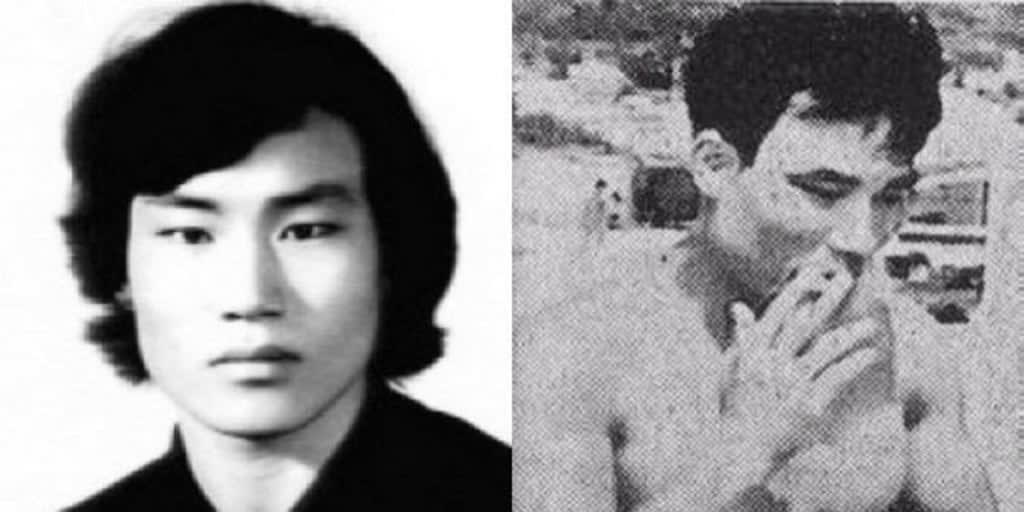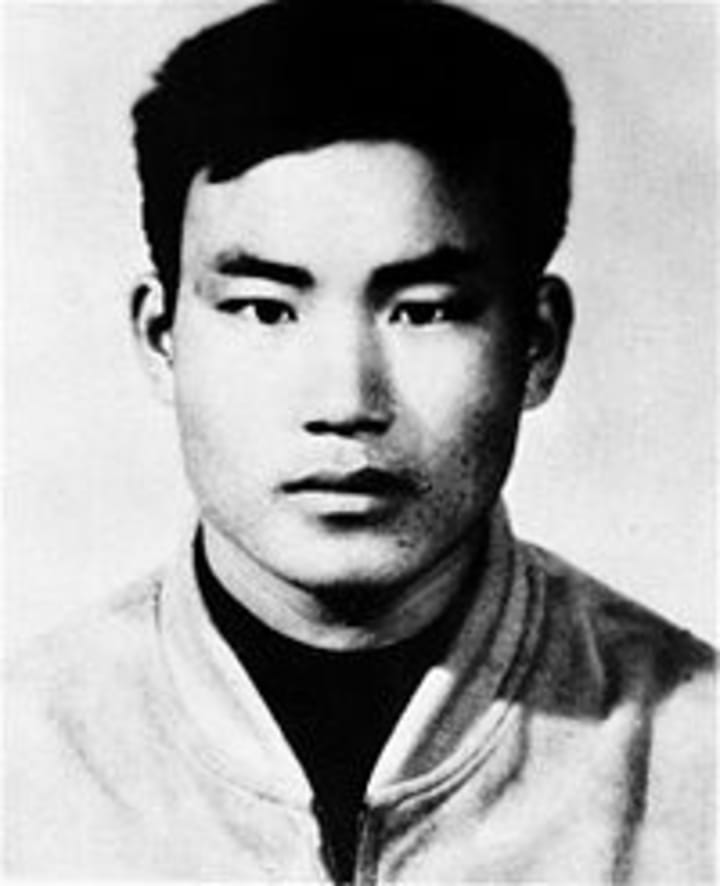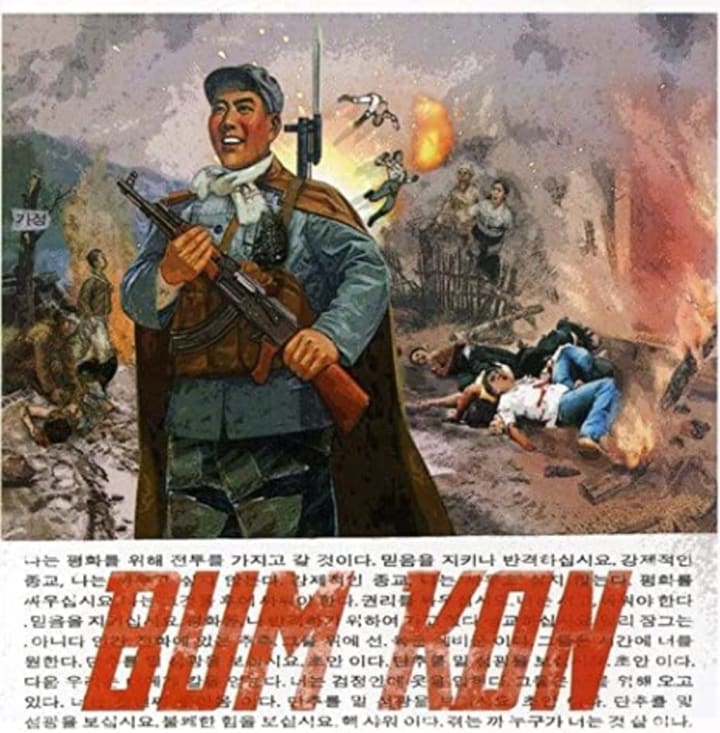
Nightmares occur due to the workings of the human mind, causing a temporary lack of sleep for a brief period. The intensity of the nightmare can leave individuals questioning the reality of the experience. Luckily, nightmares are limited to our sleep, but what if these fears come to fruition in our waking life? What if the events we encounter in reality are far more terrifying than any nightmare we could imagine?
A tragic event took place on April 26, 1982, in South Korea, where 56 people lost their lives in a mass murder. This incident is known to be one of the deadliest killing sprees in history. What makes this tragedy even more unsettling is that the killer was a local policeman. Here, we will delve into the terrifying case of the Woo Bum-kon massacre.

Background:
Woo Bun-Kon, who was born on February 24th, 1955, served in the South Korean Marines until 1978. However, not much is known about his background. In December of 1981, Woo was appointed to view policemen by the National Police in Busan while living in the village of Torongni.
The murder is believed to have been a result of an argument between Woo and his girlfriend, Chun Mal-soon. According to Chun, Woo had an inferiority complex due to the comments made by people in the village.
Living with the opposite sex under one roof was frowned upon at the time, which is exactly what Chun and Woo were doing.

Killings
On April 26, 1982, an argument between Chun and Woo occurred when Chun swatted a fly on his chest. This infuriated Woo, causing him to leave the house immediately and go to the police station. Reports say that he was drinking heavily while on duty.
He returned home at 7:30 p.m. where he punched and kicked Chun. Woo was in a state of rampage, smashing everything in his way. He then left the house and went to the reservists armory to arm himself for his murders. Despite other officers being in a meeting at the time, he managed to go unnoticed.
According to other reports, he managed to intimidate the guard, which enabled him to gain access. He was in possession of two M2 carbines, 144 to 180 rounds of ammunition, and seven hand grenades. Woo was now armed and ready to commit one of the worst killing sprees in history.
Around 9:30 p.m., Woo initiated his killing spree. He opened fire on his first victim, an individual passing by a market in the village of Torongni. Following that, he launched a grenade that caused six deaths in total. Subsequently, he made his way to the local post office in the nearby village of Kungryu. There, he took the lives of three phone operators and disconnected the telephone lines, preventing anyone from reaching out for help in case of an emergency.
Afterwards, he moved from one village to another, targeting and killing as many people as possible. What's particularly unsettling is how people placed their trust in him as a police officer. This was partly because he still had his uniform on during the rampage. As a result, he was able to take down numerous victims before they could even attempt to flee.
At 10:30 p.m., Woo held 18-year-old Kim Ju-dong hostage and instructed him to buy a drink from a nearby store. Upon receiving the drink, Woo swiftly killed Kim and headed towards the store. The store owner was shot in the leg but managed to escape while his family was tragically killed. This marked the 18th time Woo had taken someone's life.
Next, Woo made his way to Pyongchon-Ni, where he broke into a family's home while they were asleep and shot them. The commotion woke up a neighbor, who was unaware that Woo was responsible for the chaos. Woo lied to the neighbor, claiming that a North Korean agent had been spotted in the area.
Believing Woo was tired and in need of rest, the neighbor invited him for dinner. The dinner started off normally but soon turned into a horror story, after a house member questioned if the gun was a fake, Woo shot the individual and proceeded to shoot the others in half, killing 12 people inside the house and 8 more on the streets. In total, Woo's actions resulted in the deaths of 32 individuals.
The commotion had been reported to the police earlier, but they only arrived an hour later with a group of 37 officers.
The National Police Headquarters in Seoul was informed of the situation at 1:40 in the morning, which gave the murderer, Woo, ample time to carry out his heinous acts. Woo sought refuge at a farmhouse located about four kilometers from the Kungryu police station, owned by a man named Suh In-Su. Woo told Suh that he was being chased by a communist infiltrator, and asked him and his family to gather in the main room of the house so that he could protect them.
Once the family had assembled as instructed, Woo took them, hostage. Two hours later, the police arrived and surrounded the farmhouse. Suh and his family were relieved, thinking that they were now safe, but unfortunately, they were mistaken. Woo pulled the pins on two of his grenades, killing himself and the entire family.
Suh managed to survive the blast, although he sustained serious injuries. Law enforcement officers discovered one hand grenade and four rounds of ammunition on the property. Woo was responsible for the deaths of 55 individuals, along with himself, and injured 36 others.
Among the wounded was a young boy who was shot and tragically died shortly after being taken to the hospital, bringing the total death toll to 56. Due to their failure to carry out their duties, the provincial Chief of Police was suspended from their position and four other officers were taken into custody.
About the Creator
Kamya
We should enjoy every moment fully, fall in love, make the most of our time, and live without regret. We should cherish the fact that there are still many moments in life that we have yet to experience for the last time.






Comments
There are no comments for this story
Be the first to respond and start the conversation.